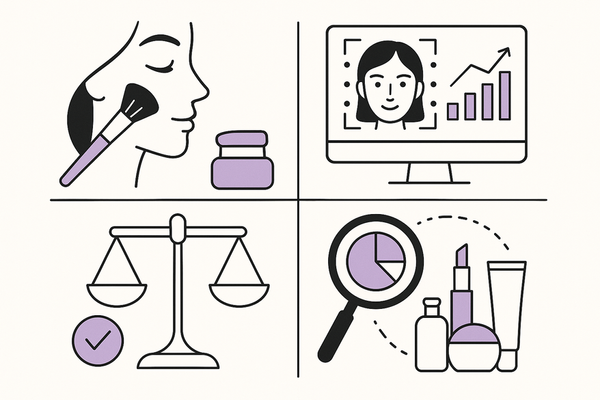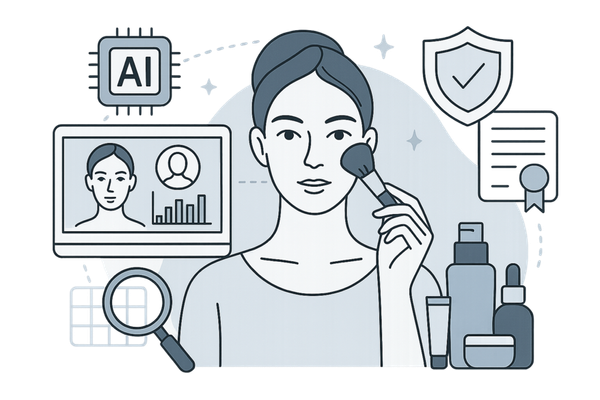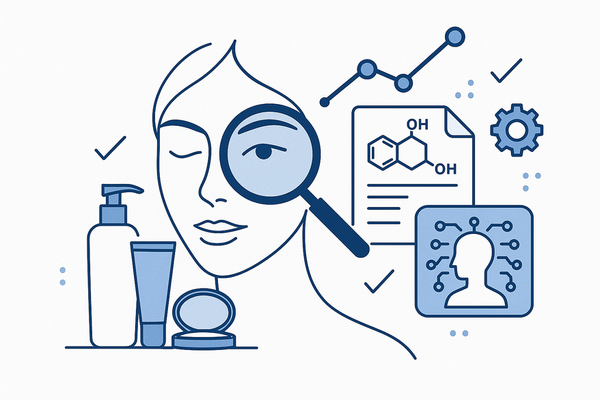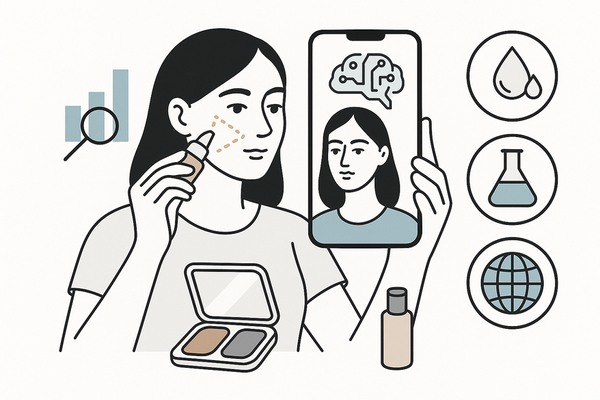Securing Your Beauty Data: Comprehensive Guide to Makeup App Data Security
Discover essential makeup app data security measures and AI makeup generator insights to protect your sensitive beauty data from unauthorized access.
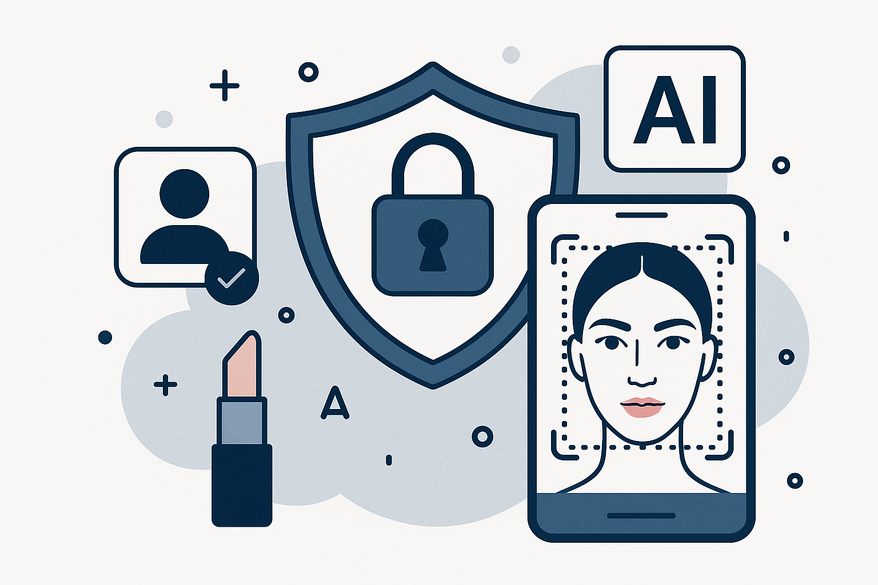
Estimated reading time: 8 minutes
Key Takeaways
- Makeup apps collect sensitive user images and personal data, necessitating robust security measures.
- Implement encryption at rest and in transit, secure storage, multi-factor authentication, and regular audits.
- AI makeup generators enhance personalization but introduce new privacy challenges; mitigate via client-side inference and differential privacy.
- Users should verify privacy policies, compliance badges (GDPR, CCPA), and manage app permissions actively.
- Adopt a privacy-by-design approach and stay aligned with regulatory requirements.
Table of Contents
- Introduction to Makeup App Data Security and AI Makeup Generator
- Understanding Makeup App Data Security
- Key Security Measures and Best Practices
- The Role of AI Makeup Generator in Data Security
- Balancing Innovation with Privacy Concerns
- What Users Should Look for in a Secure Makeup App
- Brief Look: Makeup Check AI Security Features
- Conclusion
- Additional Resources
- FAQ
Introduction to Makeup App Data Security and AI Makeup Generator
Virtual beauty tools are reshaping how we experiment with cosmetics. More people use makeup apps to try on lipsticks, eyeshadows, and blushes right on their phones. These apps offer:
- Live previews of cosmetics.
- Custom beauty looks.
- Tailored tips and tutorials.
Behind the scenes, these apps collect sensitive user images and profiles. That makes makeup app data security vital. It encompasses the measures that protect user images, preferences, and personal details from unauthorized access.
An AI makeup generator is an AI-powered feature that analyzes facial features to recommend and overlay virtual makeup. It uses machine learning to match shades and styles to your unique look.
As apps evolve with AI integration, the sensitivity of handled data—especially images—escalates, spotlighting the critical need for robust security. For an in-depth look at virtual try-on technologies.
Understanding Makeup App Data Security
What Is Makeup App Data Security?
Makeup app data security covers:
- Encryption protocols.
- Secure storage.
- Strong access controls.
- Audit trails and logging.
Together, these safeguards protect sensitive user information from theft or misuse.
Common Data Types Collected
Makeup apps gather:
- User photos (high-resolution facial images).
- Personal characteristics (skin tone, age estimate).
- Account information (email, username).
- Cosmetic preferences and purchase history.
Risks and Vulnerabilities
Without strong security, apps face:
- Photo leaks and identity theft.
- Unauthorized profiling by third parties.
- Costly fines for privacy law violations.
User images and PII demand rigorous protection to maintain trust and meet regulatory standards.
Key Security Measures and Best Practices
Developers and users share responsibility for keeping makeup apps safe. Below are core measures:
Encryption
- At rest: Use AES-256 for databases and file storage.
- In transit: Enforce TLS 1.2+ for API calls and image uploads.
Secure Data Storage
- Store credentials in iOS Keychain or Android Keystore.
- Isolate image files in encrypted object storage or protected containers.
Access Controls
- Require multi-factor authentication (MFA) or biometric login for sensitive areas.
- Apply role-based access for developer and admin consoles.
Regular Audits & Penetration Testing
- Perform quarterly code reviews and third-party security assessments.
- Integrate automated vulnerability scanning into CI/CD pipelines.
API Security
- Use OAuth2 with short-lived tokens and strict scopes.
- Implement rate limiting and anomaly detection.
Developer Best Practices
- Data minimization: collect only essential data and purge stale records monthly.
- Employ anti-tampering techniques and code obfuscation to block reverse engineering.
- Keep internal checklists for GDPR and CCPA compliance.
User Tips for Verification
- Read app privacy policies to understand data handling.
- Look for GDPR or CCPA compliance badges in app descriptions.
- Review app permissions and restrict camera access to active sessions only.
The Role of AI Makeup Generator in Data Security
Defining AI Makeup Generator
An AI makeup generator uses a machine learning pipeline:
- Face detection locates landmarks (eyes, lips).
- Feature extraction analyzes skin tone and texture.
- Style recommendation maps curated makeup palettes to your face.
Benefits for Users
- Ultra-personalized virtual try-ons.
- Predictive shade matching.
- Interactive, dynamic tutorials.
AI-Specific Security Challenges
- Increased volume of sensitive image data for training.
- Model inversion attacks that reconstruct faces from model parameters.
Mitigation Strategies
- Client-side inference: run AI models on the device to avoid cloud uploads.
- Apply differential privacy or anonymize data before training.
- Offer transparent opt-in/opt-out toggles for AI data usage.
To explore personalized AI-driven beauty advice.
Balancing Innovation with Privacy Concerns
Embracing Privacy-By-Design
Embed data protection from day one of development. This ensures privacy is not an afterthought.
Case Study: Sephora Virtual Artist
- Consent flow prompts users before capturing or storing images.
- Basic filters run on-device; advanced tutorials use cloud processing.
Case Study: L’Oréal Makeup Genius
- Explicit user opt-in for data sharing.
- GDPR rights portal built directly into the app.
- Regular transparency reports on data requests and security incidents.
Regulatory Compliance Deep Dive
GDPR (EU):
• Lawful basis for processing.
• Data subject rights (Article 15–22).
CCPA (California):
• Right to delete personal data.
• Opt-out of sale of personal information.
• Notice at collection requirements.
What Users Should Look for in a Secure Makeup App
Security Checklist
- Clear, accessible privacy policy detailing image use, data retention, and third-party sharing.
- Visible compliance indicators (GDPR, CCPA) on the app store page.
- In-app controls to review, download, and delete personal data.
- Transparent AI sections explaining how the Makeup Check AI generator uses your data.
- Strong security features: MFA, biometric login, session timeouts.
Recommended User Behaviors
- Grant camera permission only during active sessions; deny background access.
- Periodically review and adjust app permissions.
- Update the app promptly to receive the latest security patches.
Brief Look: Makeup Check AI Security Features
Leading apps like Makeup Check AI incorporate on-device inference, AES-256 encryption at rest, and user-controlled data deletion.

Conclusion
Robust makeup app data security is non-negotiable in the era of AI makeup generators. As these virtual beauty tools advance, they collect ever-more sensitive data. Protecting that data requires a shared responsibility:
- Developers must build strong security protocols into every feature.
- Users must stay vigilant by choosing apps with clear privacy policies and verifying security measures.
Before downloading a makeup app, vet its data security features. Ensure it encrypts your photos, offers transparent AI settings, and complies with privacy laws.
Additional Resources
- Federal Trade Commission’s Best Practices for Mobile App Developers
- TekRevol Guide on Mobile App Security Best Practices
- Terralogic’s Top Mobile Application Security Strategies
- ASEE Cybersecurity’s Mobile App Security Blog
- GDPR Overview and Rights Portal
- CCPA Consumer Privacy Guide
FAQ
What types of data do makeup apps typically collect?
Most apps gather high-resolution facial photos, skin tone and texture details, account credentials, cosmetic preferences, and purchase history.
How can I verify that a makeup app is secure?
Check for clear privacy policies, visible GDPR/CCPA compliance badges, multi-factor authentication options, and in-app controls for managing your data.
What unique security challenges do AI makeup generators introduce?
AI models require large volumes of image data, which can be vulnerable to model inversion attacks. Ensuring client-side inference and data anonymization are key mitigations.
How does client-side inference protect my privacy?
By running AI models on your device, client-side inference avoids uploading sensitive images to the cloud, greatly reducing exposure and compliance risks.

